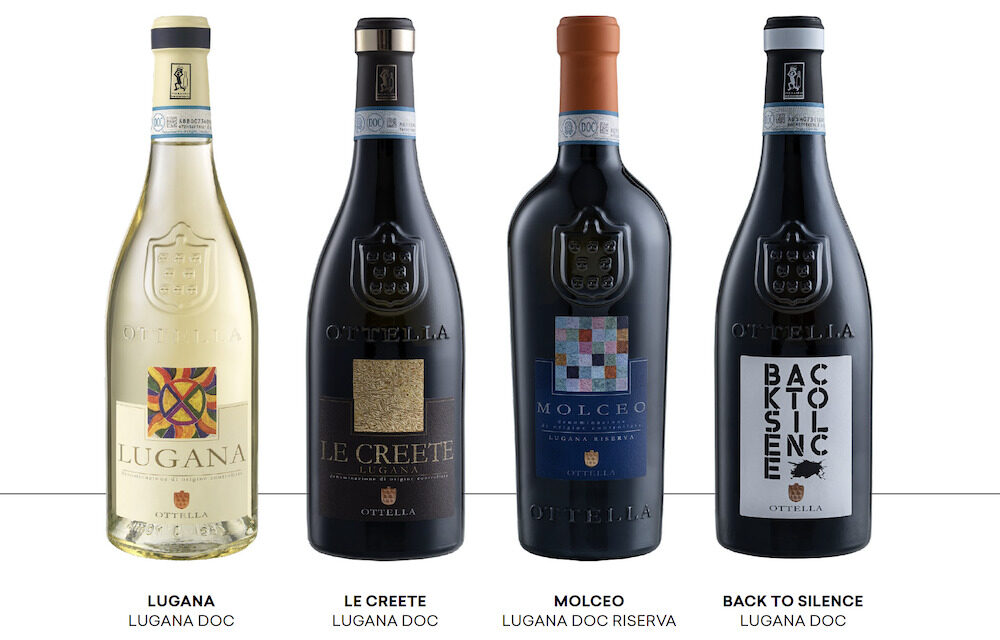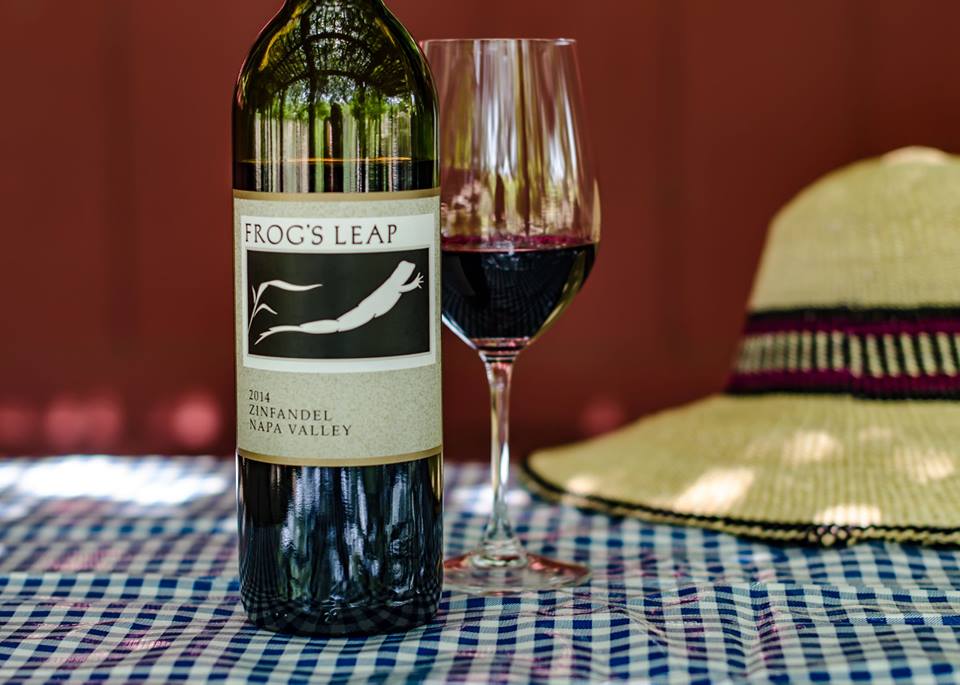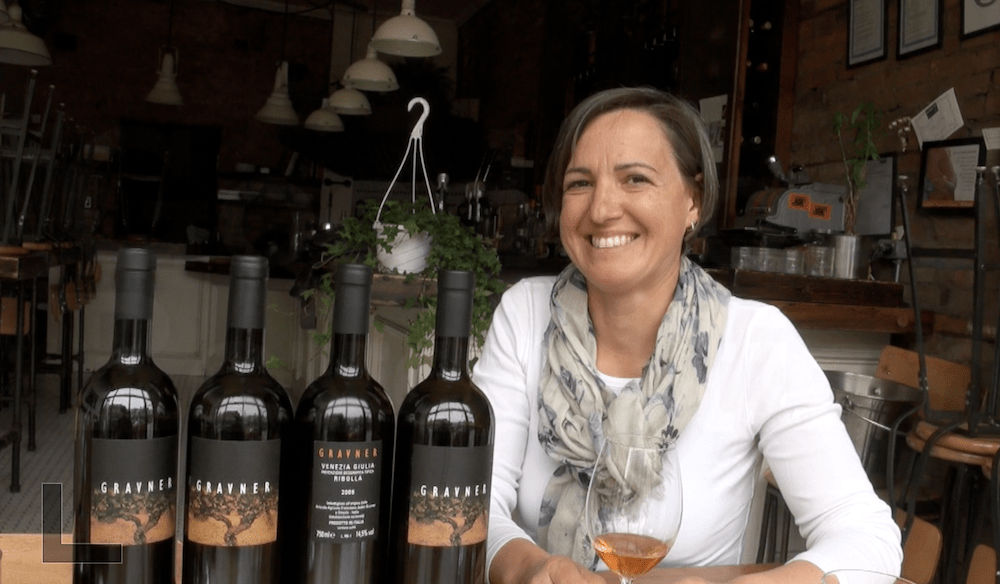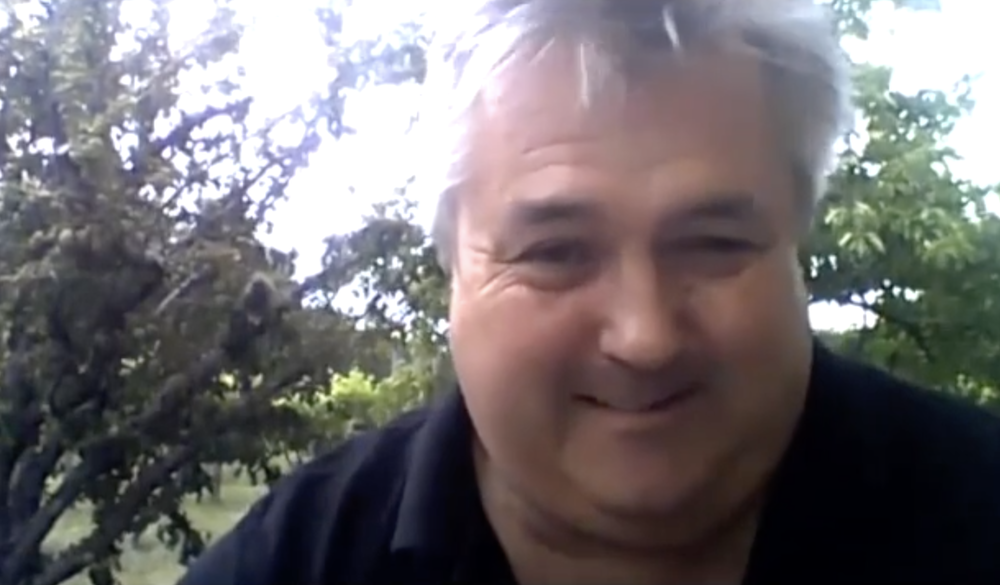If you are unfamiliar with the white wines of Laguna, then I’d highly recommend that you acquaint yourself with them sharpish, especially if your palate leans towards esoteric aromatic whites with texture, body, and a fair amount of salinity.
Lugana is located in both the Lombardy and Veneto regions of northern Italy, straddling the two around 50/50, right on the southern shore of Lake Garda, just west of the city of Verona. It’s quite the curiosity seeing as it’s viewed as a nonpolitical DOC, focused solely upon the unique soils of the area it covers.
Just north of Lake Garda lie the snow-topped Alps, rising up steeply from the northern shore, meaning that for the most part the lake is fed by Alpine water. Indeed, it is the the overspill of these mineral-enriched waters that is responsible for the sui generis calcium-rich clay soils of Lugana. These well-draining, rich calcareous marls, sedimentary rock formed from the sedimentation of ancient shells and other organic matter, certainly leave their mark on the resultant wines, as in a blind line-up I find that the wines of Lugana really stand out. I’d be hard pressed to think of another region that produces wines which combine such abundantly rich tropical fruit aromatics, flavours, and textures with such lip-smacking salinity and mineral elements; I was an immediate convert upon my very first sip many a year ago.
Lugana is famed for producing white wines made from Verdicchio Bianco, a grape I’ve always thought to be Italy’s finest native white grape variety (and the great Ian d’Agata is in agreement with me on this one). Saying that, nobody would dare call it by that name up in these parts, where it is known locally as Trebbiano di Lugana, and perhaps more often as Turbiana, as well as a whole swathe of other synonyms. In conversation with winemakers from the region I have found that if pressed they’ll admit that their beloved Turbiano shows “great similarity” to Verdicchio, but will steadfastly deny as to it being the self same thing. Fair play to them!
In relation to other regions, Lugana isn’t that big, perhaps 2,200 hectares producing around 25 million bottles in an average year, which may seem a lot, but in the grand scheme of things it isn’t. The largest market for the wines is by far Germany, but this makes some sense historically as the area has been a favoured spot for holiday homes of many Germans for almost a century.
My most recent foray into the often spellbinding wines of Lugana was late last year, just before Xmas, when I was invited to a small virtual tasting featuring four wines from Ottella hosted by United Stars, a company I still thank for my trip to Georgia back in 2013. What a trip that was…
Ottella were one of the original estates of the appellation, with the father of the current owners being one of the founding fathers of the DOC, focusing upon the potential for the production of premium white wines back in the late 80s/early 90s, when most were still thinking of reds; thank goodness they persevered.
The family’s interest in the world of wine actually goes way back further than that, with records showing that the family were working with a grape known as Laguna as far back as 1900 – 1905, although there is no way of discerning if this was the same clone of Turbiano used by Ottella now. Today, the greater majority of Ottella’s holdings are on the Lombardy side of the appellation.
We were served up four very different expressions of Lugana, and they were, for the most part, absolutely excellent examples of the region, and it is obvious to me why they are viewed as one of the very best producers there. The wines, in order, ranged from a focus upon the variety, through a focus upon the terroir, to a focus upon the winecrafting, and ending in a more “natural” bottling.







